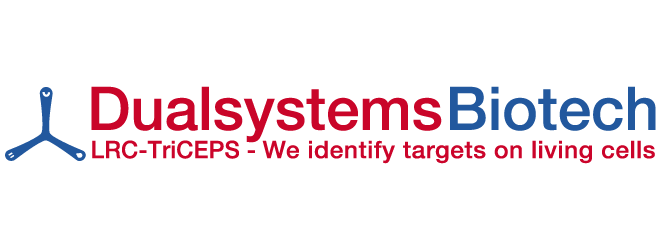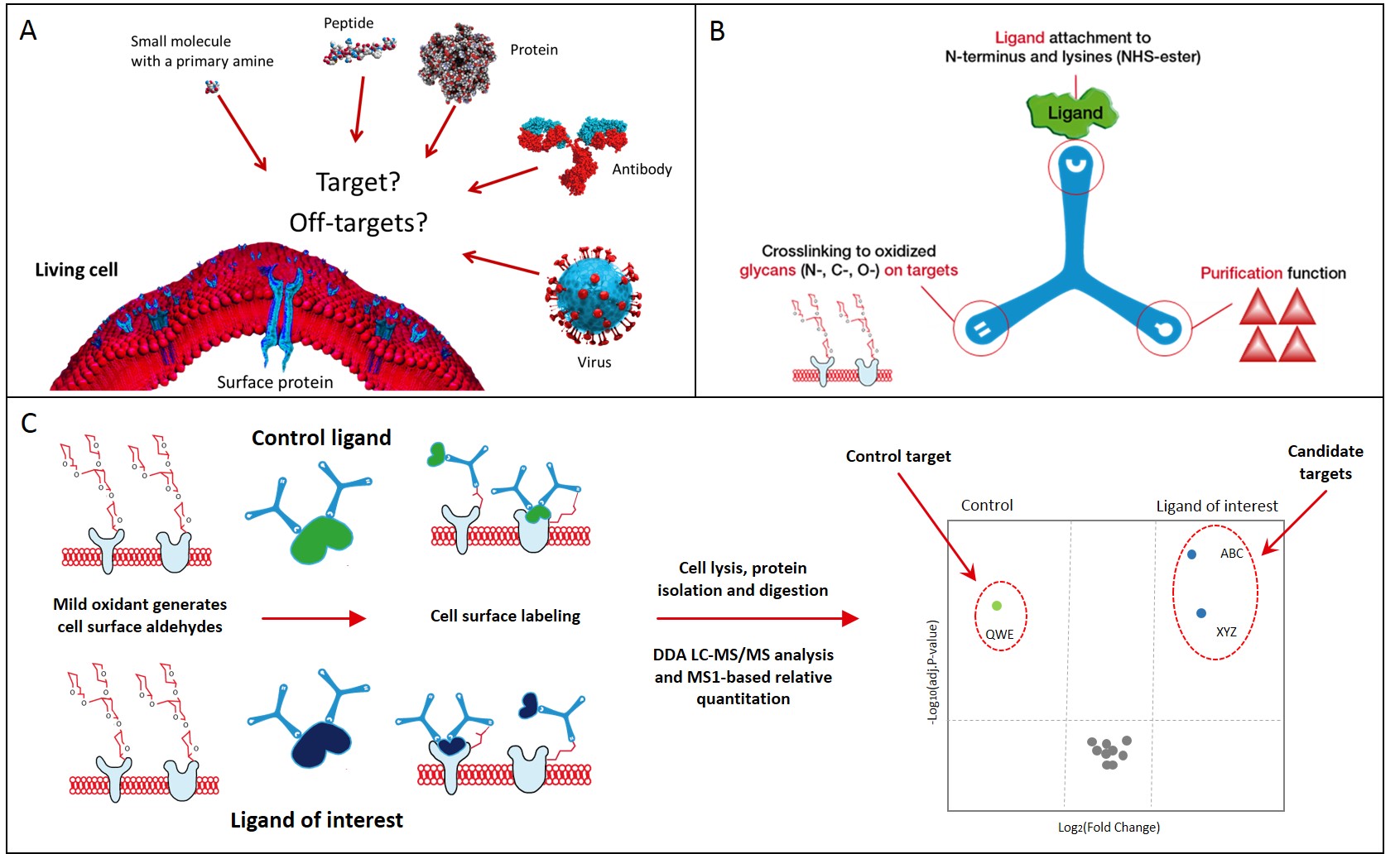Surfaceome refers to the collection of proteins associated with the cell membrane. It plays a vital role in cell communication and interaction with the environment and contains 60% of drug targets. Studying surfaceome biology and function can contribute to the discovery of novel therapeutic targets and new immunophenotypic markers. Given the vital role of the surfaceome in all functions performed by the cell, numerous methodologies have been developed to shed light on the content, quantity and interaction of these proteins.
Although these novel methodologies arecontinuously advancing our understanding of surfaceome organisation, they do not necessarily provide information regarding the extracellular interactions taking place on the cell surface. Identifying the targets of key ligands provides valuable mechanistic information about signal transduction, drug action or off-target effects. For instance, pathogen or growth factor interactions are important for developing novel therapies. Additionally, numerous ligands exist – both biologics and small molecules – involved in biological functions mediated at the cell surface through still unknown protein targets. Recognising this unmet need, the Wollscheid group, building on the CSC approach,developed the Ligand Receptor Capture (LRC) methodology (Figure 2A) (19).
Do you want to learn more? Download the white paper.
The article was also published in the EBR Spring 2018




